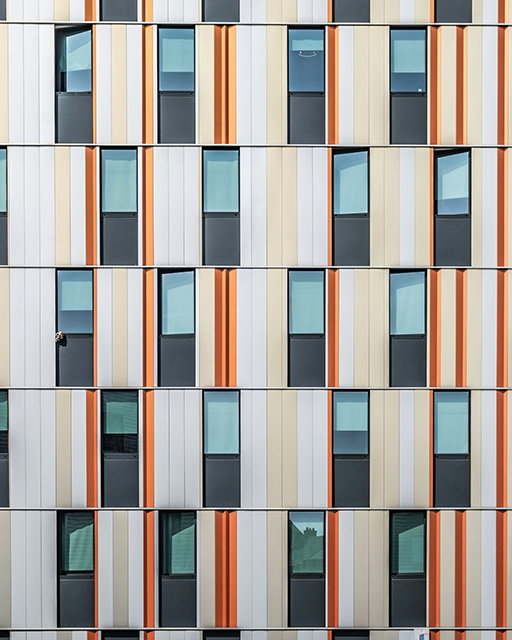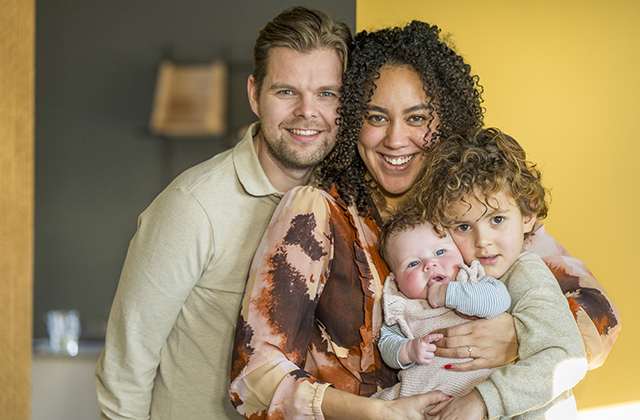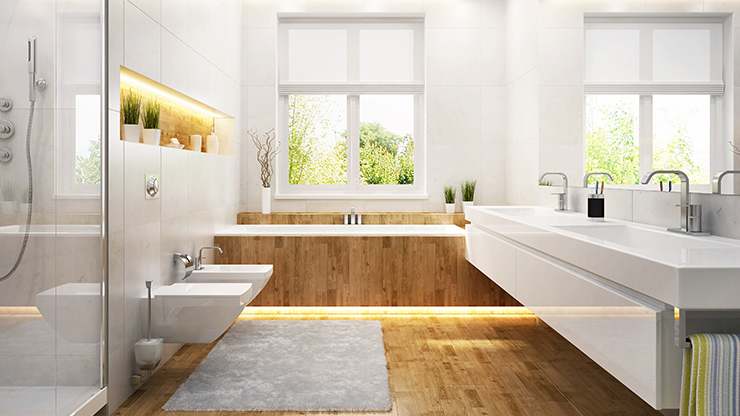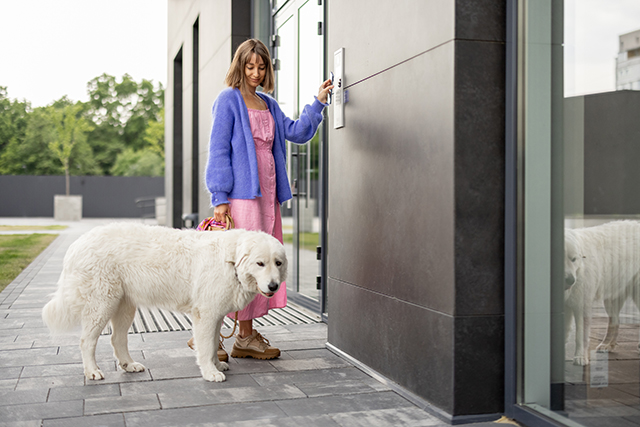Thinking About a Glass Top for Your Dining Table? Here’s Why You Should
The dining table is more than just a place to eat. It’s where family moments unfold, celebrations happen, and connections are made. Whether you have a classic wooden table or a contemporary metal design, adding a glass top might not be the first thing that comes to mind—but it should be. It’s a simple upgrade with surprisingly impactful benefits. If you’re on the fence, this article will walk you through the reasons why a glass top for your dining table might just be the best home decision you make this year.
1. Preserving the Table Beneath
Let’s start with the practical stuff. Dining tables take a lot of abuse. From the scalding hot casserole dish on a Sunday to the occasional craft project gone rogue, everyday use can leave scratches, stains, and even heat marks. A glass top acts like armor. It shields the surface underneath while letting its original beauty shine through.
Wooden tables are especially prone to damage. Even with coasters and placemats, it’s easy to end up with water rings, scratches from serving utensils, or dents from accidental knocks. A well-fitted glass top provides a layer of protection that helps preserve your investment.
2. Aesthetic Appeal That Fits Every Style
One of the best things about glass is its versatility. It doesn’t matter if your dining room is sleek and modern or cozy and rustic—glass just works. Because it’s transparent, a glass top doesn’t interrupt your design theme. Instead, it enhances what’s already there.
If your table has beautiful craftsmanship or a unique wood grain, a glass top allows you to show it off instead of hiding it beneath tablecloths or runners. It adds a polished look, giving your dining room a refined edge without the need for a complete makeover.
In smaller spaces, glass also has a bit of magic to it. Because it reflects light and doesn’t visually block the space, it can make your room appear more open and airy. That’s a win for apartments, compact homes, or dining areas that serve multiple functions.
3. Durability Meets Practicality
When people think of glass, they often think of fragility. But the kind used for dining tables is far from delicate. Most glass tops are made from tempered glass, which is heat-resistant and much tougher than standard glass. It’s built to handle daily use, whether you’re serving hot meals or helping your kids with homework.
Tempered glass doesn’t just resist heat—it’s also more impact-resistant and safer overall. If it ever does break, it shatters into small, blunt pieces rather than sharp shards, significantly reducing the risk of injury.
4. Hassle-Free Cleaning
Let’s be honest: spills happen. And when they do, a glass surface makes cleanup a breeze. Unlike wood or fabric, glass doesn’t absorb liquids, and it doesn’t stain. Wiping down your table becomes a quick task instead of a chore. All it takes is a glass-safe cleaner and a cloth to restore its shine.
If you’re dealing with young children, pets, or a busy household, easy maintenance can be a serious advantage. Even greasy fingerprints and marker smudges are no match for a glass top.
5. Adds a Layer of Sophistication
There’s something inherently upscale about a glass-topped table. It says clean, intentional, and modern. It shows that you’ve thought about the details—not just function, but also form. Whether you’re setting up for a holiday feast or enjoying a quiet coffee in the morning, the table sets the tone.
Want to switch things up seasonally? Glass plays well with every type of decor. You can add table runners, candles, centerpieces, or greenery without clashing styles. And if you’re minimalist at heart, the glass top itself becomes the design feature.
6. Customization Options
A great benefit of choosing a glass top for your table is how customizable it can be. You can choose from different shapes (rectangle, round, oval), thicknesses (from 1/4″ to 1/2″ or more), and edge finishes (flat, beveled, pencil-polished).
You might even go a step further with frosted, tinted, or etched designs to create a custom look. These options allow you to blend functionality with personal style seamlessly.
7. Perfect for Rental Properties and Shared Spaces
If you rent out a home or use your dining table in a shared environment (like a co-working space or communal dining room), a glass top adds value by keeping wear and tear at bay. It’s easier to maintain, more hygienic, and looks great for years.
In environments where furniture gets frequent use by different people, a protective layer that still looks attractive is a no-brainer.
8. Eco-Friendly Choice
Glass is a sustainable and recyclable material. Unlike some synthetic options that degrade or release chemicals over time, a quality glass top is a long-lasting, eco-conscious choice. If you’re looking for ways to make your home more environmentally friendly, glass is a step in the right direction.
9. Addressing the Myths
“Isn’t glass dangerous around kids?” Not if it’s tempered glass. It’s specifically designed for safety. Plus, with the addition of rubber pads or bumpers, the glass top stays securely in place.
“Will it always look dirty?” While clear glass shows fingerprints more readily than frosted or tinted options, regular wiping with a microfiber cloth keeps it spotless. Plus, it’s much easier to clean than fabric covers or wood finishes that can stain or absorb grease.
10. Making the Decision
If you’re serious about maintaining your table’s condition while also upgrading its visual appeal, the case for a glass top for dining room table use is strong. Think of it as a minimal effort, maximum reward kind of move.
Installation is typically straightforward. Many companies offer custom-cut options that fit your table dimensions exactly. And once it’s in place, you’ll wonder how you ever lived without it.
You don’t have to sacrifice beauty for practicality—glass gives you both. Whether you’re protecting a cherished heirloom table or simply adding a modern flair to your home, it’s a solution that delivers.
Final Thoughts
A glass top doesn’t just protect your dining table—it transforms it. It adds elegance, ease of use, and a lasting visual upgrade with very little maintenance. With benefits ranging from aesthetic improvement to functional preservation, it’s no surprise that more homeowners are making the switch.
So if you’ve been thinking about whether to add a glass top for dining room table settings, the answer is yes. It’s a small change with big advantages, ready to make your home life smoother, safer, and more stylish.
And remember: the best upgrades are the ones that blend beauty with purpose—and glass does exactly that.






